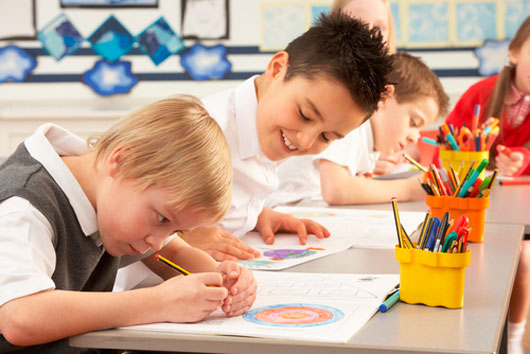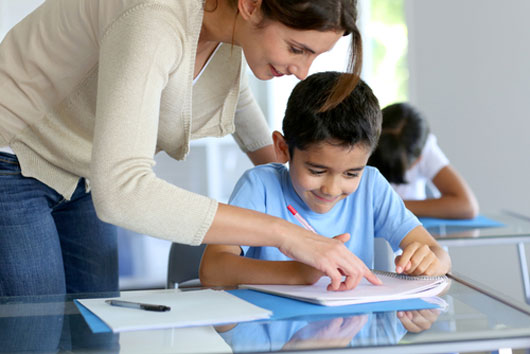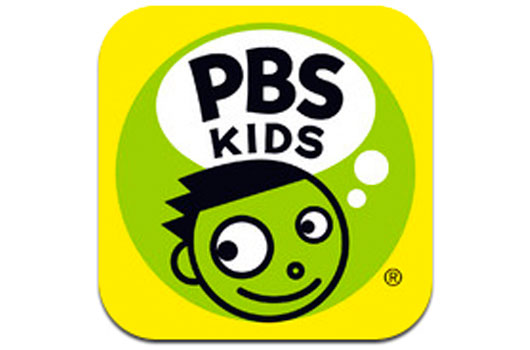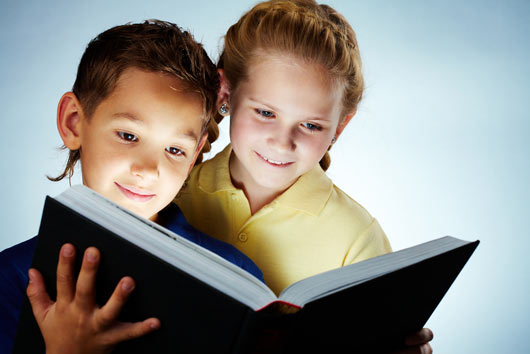
I walked into Room 308 this year and made a beeline to see Luna’s contribution to the Art Wall, a rosy-cheeked self-portrait with an essay on her personal goal: learning to say hello to strangers. Her teacher has no such problem.
“Hello, everyone!” Clare O’Connell said brightly before telling parents about the hurdles in the second-grade curriculum.
She had me at “hello.”
My daughter’s teacher has the bandwidth to worry about her social development and teach beyond the test? And that’s not all the good news at school this year. Looming behind “Ms. Clare,” like the screen at an Apple product launch, was a gleaming new smart board, a silver-toned Mac and a camera that can shoot and project documents. There was also a calendar listing all the days the children of Room 308 will have classes in art, dance, chess, science (twice a week!), music and gym and a lunch program that provides fresh vegetables and fruits from recipes suggested by famous chefs.
My second-grader has that elusive part of the American dream: a good local public school. It’s not sponsored by IBM. It doesn’t live off a Gates Foundation grant. It’s not a charter or a magnet or a choice school with a crazy admissions process or breathtaking lottery. It isn’t part of a social experiment devised by the U.S. Department of Education and “seeded,” as government people love to say, with public money. It doesn’t qualify for Title I or any other numerical or alphabetical federal program with a pot of cash that resulted from a court decision or congressional act. The parents made it happen.
Read Related: 10 Ways Your Local School Board Impacts Your Life
Our daughter was only 3 the first time we stepped into P.S. 41. There was a Class A auditorium, two playgrounds with artists’ murals, a fully stocked library, morning tutoring and afternoon chess, classrooms devoted to arts and sciences—all organized or paid for by parents. One of the parents, Vicki Sando, had launched a project to transform the roof into a huge science garden.
So far the efforts at environmental education were some big planters in the middle yard. Mysteriously, Principal Kelly Shannon talked about the rooftop garden as a sure thing. “The thing that makes this a great school is that the parents are so involved,” she said.
But it soon became clear that the conversation was going to be less about why you chose this school than whether to opt out. Ominous leaflets rallied parents to storm City Hall over rising class sizes. A woman spoke passionately about the wait lists that would send children to neighboring schools to avoid overcrowding. Grim scenarios were painted of staff layoffs, overworked teachers and scant supplies.
Pamela Wheaton works with Inside Schools, which visits the 1,700 New York public schools and independently evaluates their performance. She said there are hundreds of high-performing schools in New York that are distinguished by the parent involvement in supporting the staff. But some of the same well-educated, financially strong families who make schools great sometimes opt for private schools because they want guarantees that overcrowding won’t upend their child’s future. Or they have a particular affinity for the schools’ philosophy or religious leanings, want the upscale social connections for them or their child, or want diversity that is screened through an admissions process. They don’t believe they could get extra instruction, in arts or sports or after school, without writing a check.
But the vast majority of parents don’t have the luxury of shelling out nearly $40,000 for kindergarten. Their choice is to find a way to game the system or walk into their assigned schools braced for 12 years of hyperactive parent involvement. We walked out of P.S. 41 asking ourselves which parents we were. Read the full article on CNN.
Editor’s note: Rose Arce is a senior producer in CNN’s New York Bureau who is also a regular contributor to Mamiverse.










